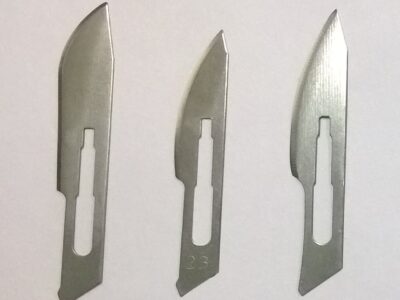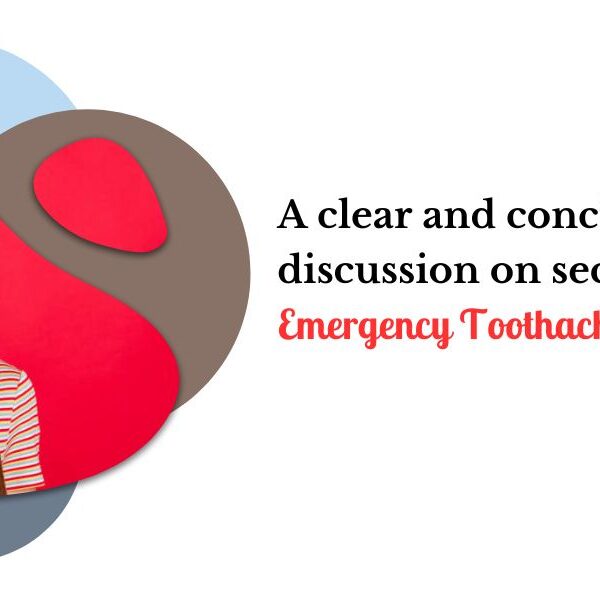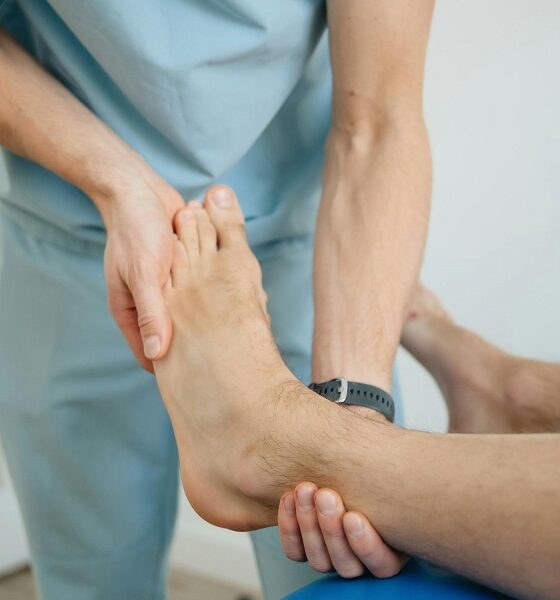Orthopedic problems impact the musculoskeletal system, consisting of the bones, joints, ligaments, tendons, muscles, and nerves. These disorders can affect any body region, from the toes and hands to the spine and hips. It is critical to have a solid understanding of common orthopedic Conditions to facilitate early detection, which leads to better outcomes, prevention, informed decision-making, self-care, and advocacy. It allows people to take charge of their orthopedic health, ultimately resulting in improved overall outcomes and a higher quality of life.
In this article, we will learn more about common orthopedic conditions.
4 Common Orthopedic Conditions:-
Understanding Orthopedic Conditions
There is not one single cause of orthopedic disorders. Traumatic injuries can cause some conditions, such as fractures, like falls or sports accidents can cause. Some states might arise from prolonged stress on particular joints or muscles or from using them excessively. In addition to environmental and lifestyle factors, genetic predisposition, autoimmune diseases, infections, and age-related degeneration can all play a role in developing specific orthopedic ailments.
Age, gender, family history, lifestyle factors (such as obesity or sedentary behavior), work (e.g., jobs that include heavy lifting or repetitive motions), and certain medical diseases (e.g., diabetes or osteoporosis) can all be risk factors for orthopedic Genetics can also increase the likelihood of developing Common orthopedic conditions.
Common Orthopedic Conditions
1. Osteoarthritis:-
Definition and symptoms:-
Osteoarthritis is a degenerative joint disease that predominantly impacts the cartilage. It is characterized by pain, stiffness, and reduced movement in the afflicted joints.
Causes and risk factors:-
The ailment usually manifests itself with advancing age; however, it may also be brought on by an injury to the joint or excessive body fat. Several factors, including heredity, excessive joint use, and some metabolic issues, can increase the likelihood of osteoarthritis.
Treatment options:-
Managing pain, participating in physical therapy, adjusting to one’s way of life, and undergoing surgical interventions such as joint replacement are all potential treatments in extreme circumstances. It is possible to prevent or slow down the progression of osteoarthritis by keeping a healthy weight, engaging in regular exercise, and protecting joints from injury.
2. Rheumatoid Arthritis:-
Definition and symptoms:-
Rheumatoid arthritis is an autoimmune illness that causes inflammation of the joints on a chronic basis. This inflammation causes pain, swelling, and stiffness in the affected joints.
Causes and risk factors:-
Rheumatoid arthritis is a form of chronic inflammatory arthritis that has no established cause but is thought to be caused by genetic and environmental factors. Women and people with a history of illness in their families are at an increased risk.
Treatment options:-
Treatment options include taking medication to manage symptoms and reduce inflammation. You can participate in physical therapy to enhance joint function and mobility and make adjustments to one’s lifestyle, such as becoming more physically active and managing stress.
3. Fractures:-
Definition and types
The term “fracture” refers to the breaking or cracking of bones, typically brought on by some trauma or excessive force. There are many kinds of fractures, such as open and closed fractures. A close fracture is one in which the skin is not broken, but an open fracture is one in which the shattered bone is visible through the skin.
Causes and risk factors:-
Accidents, falls, injuries sustained while playing sports, and underlying medical disorders such as osteoporosis are all potential causes of fractures. Age, bone fragility, certain medical disorders, and engaging in high-impact activities are all variables that increase the likelihood of fracture.
Treatment options:-
Depending on the injury’s severity and location, various treatment options are available for fractures. These choices may include immobilization with casts or splints, realignment of the bones through manipulation or surgery, and rehabilitation with physical therapy to regain strength and mobility.
4. Back Pain:-
Definition and causes:-
Back pain can relate to any discomfort or pain experienced in the back region, from minor to severe.
Common conditions causing back pain:-
Disc herniation, spinal stenosis, muscle strains, ligament sprains, poor posture, and other underlying medical disorders, including arthritis, are possible causes of this ailment. Among the many conditions that can cause back pain, the most common are sciatica, muscle spasms, and degenerative disc degeneration.
Treatment options:-
The treatment options available for back pain vary according to the condition’s underlying cause. These alternatives may include rest, physical therapy, pain medication, hot or cold therapy, exercises to strengthen the back muscles, and in rare instances, surgery.
Diagnosis and Treatment
1. Diagnosis of Orthopedic Conditions:-
When evaluating a patient’s condition, looking at their medical history and performing a physical exam is essential. During these steps, information is gathered about the patient’s symptoms and past medical history, and a physical examination is performed to evaluate the affected area. In some instances, imaging procedures such as X-rays, MRI scans, or CT scans may be advised to acquire more in-depth pictures of the affected region. Laboratory testing, such as blood tests, can help determine the underlying causes of certain disorders or whether they are present.
2. Treatment Options:-
Medication, physical therapy, and alterations to one’s way of life are examples of non-surgical therapies that may be utilized to treat orthopedic disorders. These treatments are intended to alleviate pain and speed recovery. Joint replacement or fracture fixation are two possible surgical procedures that may be required in certain circumstances. Following medical treatment, the processes of rehabilitation and recovery, which may include physical activity and many types of therapy, are essential for regaining lost function and enhancing mobility.
Prevention and Management Strategies
1. Lifestyle modifications:-
Modifications to one’s way of life are essential when it comes to the management of orthopedic problems. Strength and flexibility can be improved by regular exercise and other forms of physical activity. Keeping a healthy weight decreases the strain that is placed on joints. Practicing correct body mechanics and using suitable ergonomics are both helpful in preventing accidents. These adjustments contribute to better outcomes in managing Common orthopaedic Conditions while also improving the health of the musculoskeletal system as a whole.
2. Injury prevention:-
The prevention of injuries is necessary to avoid orthopedic disorders. Accidents can be cut in half simply by taking precautions at work, at home, and when participating in sports. Using suitable protective equipment provides additional protection. Before engaging in any form of physical activity, completing a series of warm-up exercises and stretches is essential. This helps prepare the muscles and joints, lowering the risk of injury.
Conclusion
Fractures, sprains, strains, osteoarthritis, rheumatoid arthritis, back pain, scoliosis, tendonitis, bursitis, carpal tunnel syndrome, and many other sorts of disorders fall under the category of orthopedic conditions. Each disease has its unique collection of symptoms, factors contributing to its development, and potential therapy courses. If you have orthopedic conditions, then you should consult the Best Orthopedic Doctor In Jaipur. Dr SS Soni is the most reputed Orthopedic doctor in Jaipur and has years of work experience and is the best Orthopedic in Jaipur for Knee Replacement Surgery and also for treating ailments such as Hip Replacement Surgery and Shoulder Replacement Surgery.












